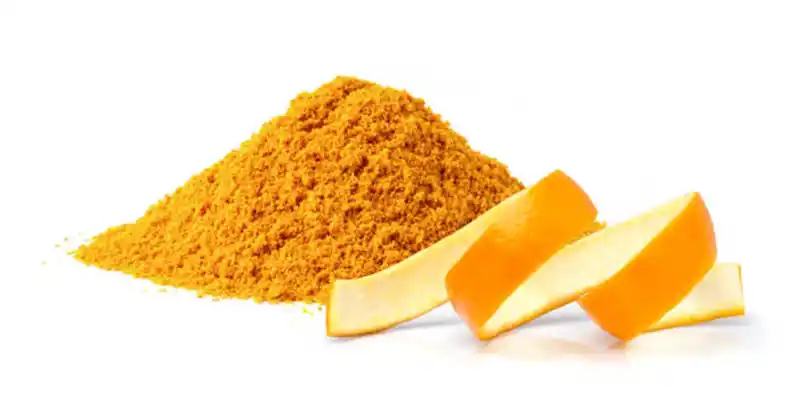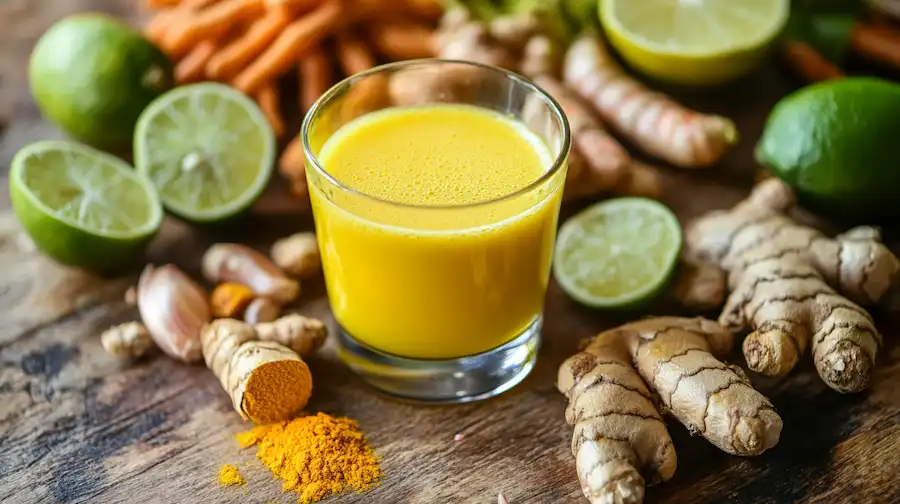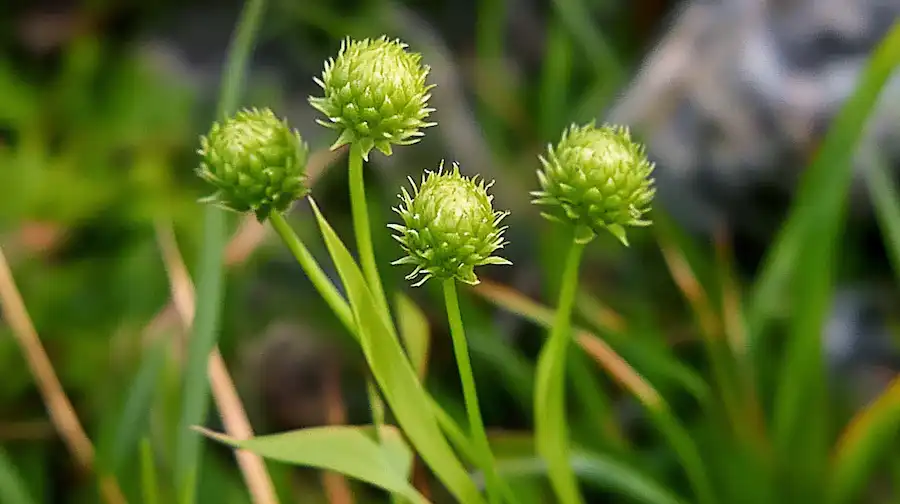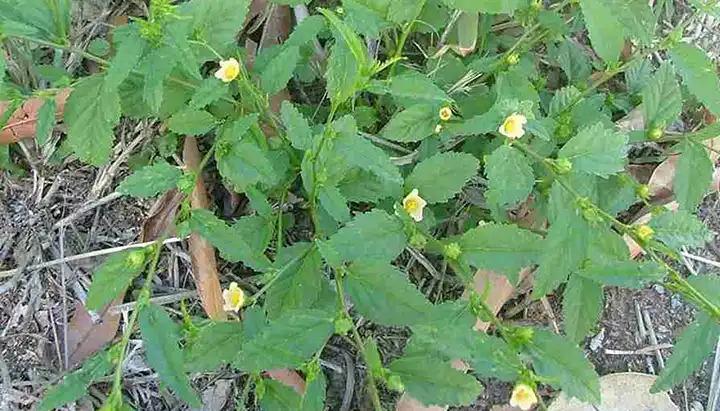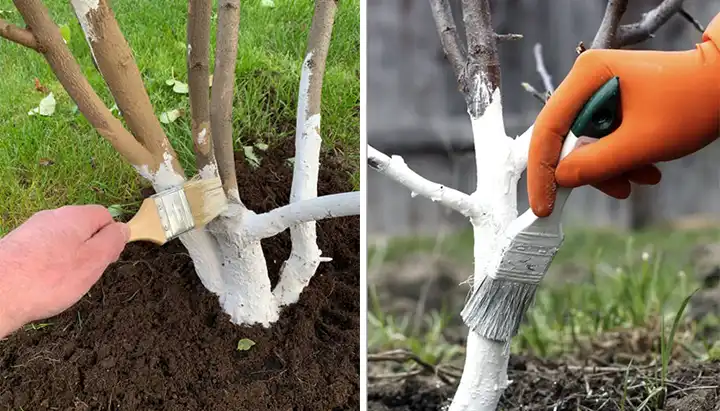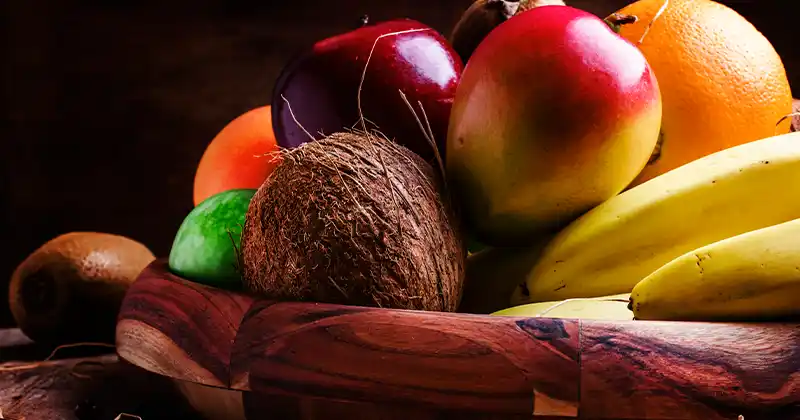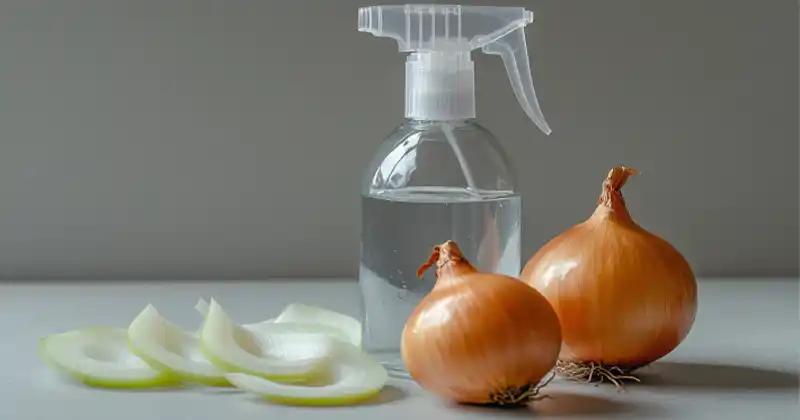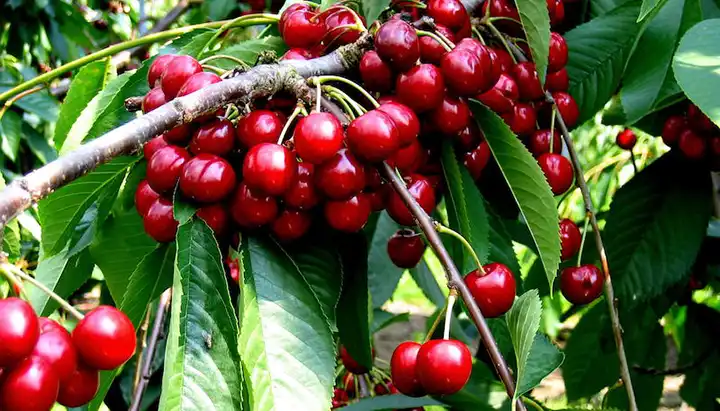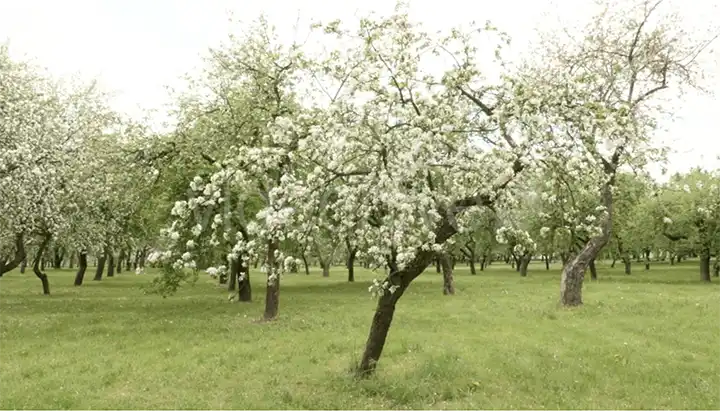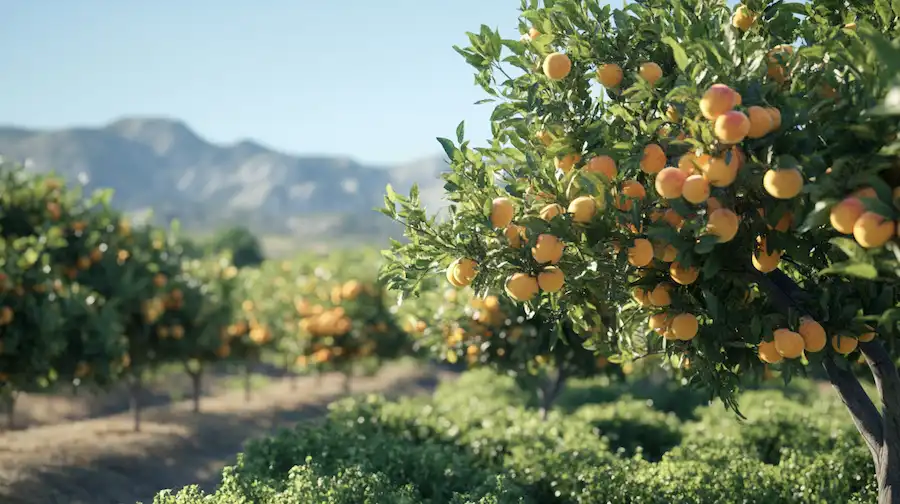15 Common Edible Weeds You Probably Have in Your Yard

- Bittercress (Cardamine hirsuta): A small, leafy green with a peppery taste, perfect for spicing up salads.
- Chickweed (Stellaria media): Known for its bright green leaves, chickweed is great in salads and rich in phosphorus, calcium, and iron.
- Dandelions (Taraxacum officinale and Taraxacum erythrospermum): The tender leaves add a tangy flavor to salads, and their flowers can be eaten raw or used in dandelion wine.
- Dead-nettle (Lamium purpureum): A purple-flowered plant whose leaves can be cooked or eaten raw.
- Dock (Rumex crispus – curly dock and Rumex obtusifolius – broad-leaved dock): Features large, tangy leaves that can be cooked like spinach.
- Henbit (Lamium amplexicaule): Offers a mild, grassy flavor and can be used in salads or as a cooked green.
- Japanese honeysuckle (Lonicera japonica): Has sweet nectar and can be used to make tea or syrup.
- Lamb’s quarters (Chenopodium album and Chenopodium berlandieri): A nutritious green, containing three times the calcium and twice the nutrients of spinach.
- Pigweed Amaranth (Amaranthus spp.): Can be used similarly to spinach, both raw and cooked.
- Plantain (Plantago spp.): The leaves are best eaten young and can be used in salads or as a cooked green.
- Purslane (Portulaca oleracea): A succulent weed rich in omega-3 fatty acids, vitamins, and minerals, with a flavor akin to spinach and okra.
- Sheep sorrel (Rumex acetosella): Has a lemony flavor and is best mixed with other greens in salads.
- Stinging nettle (Urtica dioica): Must be cooked to remove stinging hairs, and is high in vitamins and minerals.
- Thistle (Cirsium horridulum and others): While tough, the inner pith can be eaten raw or cooked.
- Shepherd’s purse (Capsella bursa-pastoris): Named for its heart-shaped seed pods, it’s best eaten as a cooked green before the seed pods develop.
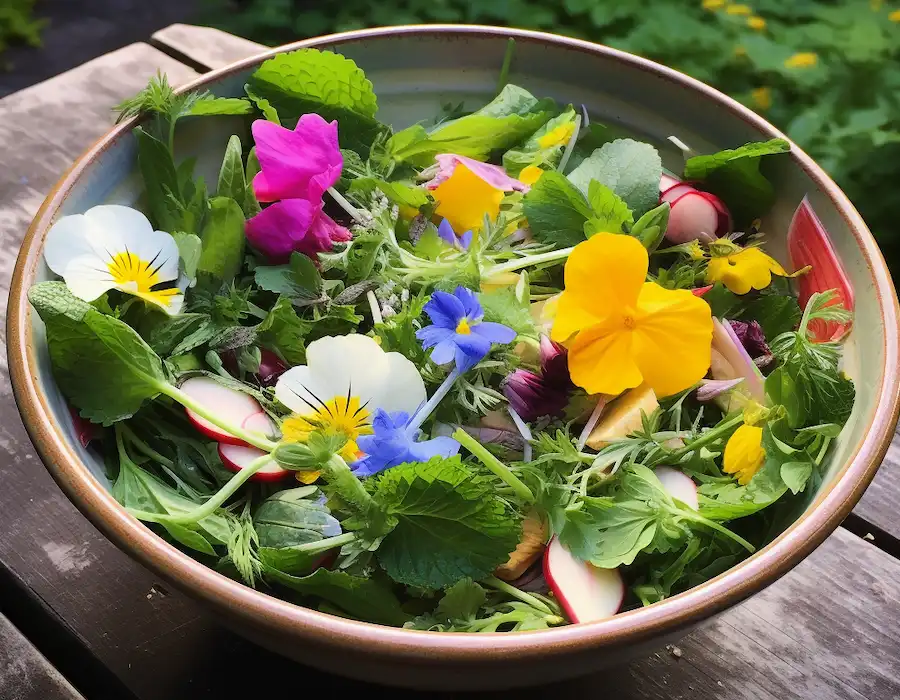
Additional Edible Weeds Not in the Top 15:
- Amaranth
- Burdock
- Chicory
- Cress
- Curly Dock
- Galinsoga
- Garlic mustard
- Stinging Nettles
- Violets and Viola
- Wild Garlic
- Wood Sorrel
Safety First:
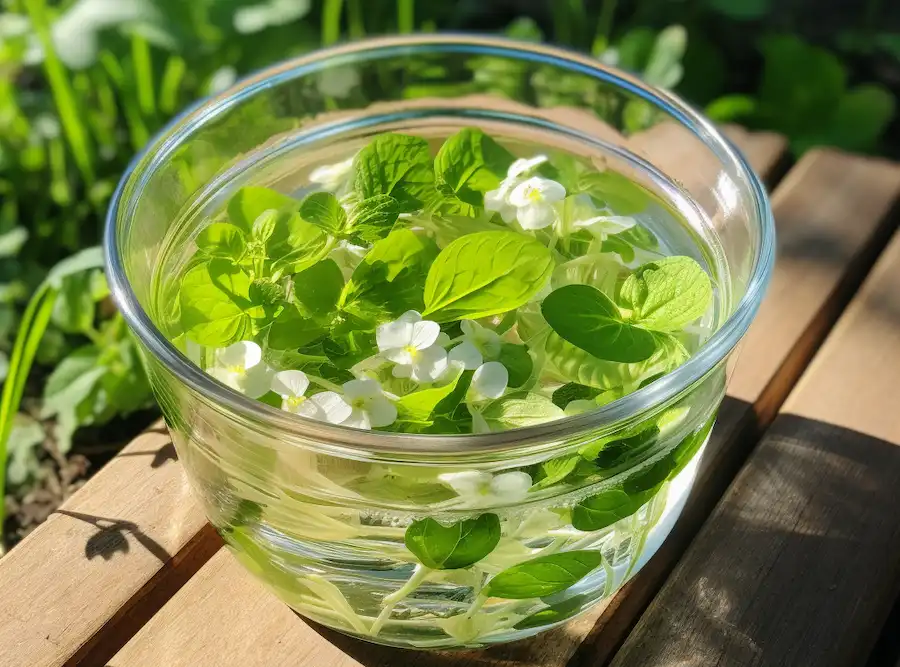
- Always positively identify plants before consumption.
- Avoid foraging in areas that may have been treated with chemicals or are frequented by animals.
- When in doubt, consult local experts or resources like James A. Duke’s “Handbook of Edible Weeds”.
This guide serves as an introduction to the world of edible weeds, highlighting some common varieties that might be found in your yard. Each plant offers unique flavors and nutritional benefits, and can be a wonderful addition to your diet. However, always remember to forage responsibly and safely.
